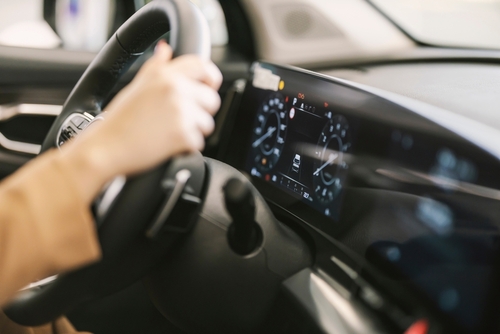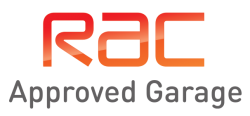Modern cars are fitted with car dashboard warning lights that alert drivers to faults or risks within key systems. Some lights are less urgent, but others require immediate attention to avoid breakdowns or accidents. Knowing which lights you must act on quickly can save money, prevent damage, and keep your car safe on the road.
Engine Management Light (Check Engine)
The engine management light is usually amber and shaped like an outline of an engine. It indicates a fault within the engine or emissions system. Sometimes it relates to minor issues such as a loose fuel cap, but it can also signal problems with sensors, ignition coils, or the catalytic converter. Driving for long periods with this light on may damage your engine and increase emissions. Always have the fault diagnosed as soon as possible.
Brake Warning Light
A red brake warning light means the braking system may be compromised. Causes include low brake fluid, worn brake pads, or an issue with the hydraulic system. Because brakes are critical for safety, this light requires urgent action. Pull over when safe, check the brake fluid level, and do not continue driving if braking feels weak. Arrange professional inspection immediately.
Oil Pressure Warning Light
The oil can symbol indicates low oil pressure. This means the engine is not being lubricated properly, which can cause rapid damage. If this light comes on while driving, stop the vehicle as soon as it is safe. Check the oil level and top up if necessary. If the light stays on, seek recovery rather than driving further.
Battery Charge Warning Light
The battery symbol signals a fault with the charging system, often linked to the alternator or battery connections. While the car may continue running for a short time, the battery will not recharge. This can lead to sudden loss of power, leaving you stranded. If this light appears, arrange to have the charging system checked without delay.
Temperature Warning Light
The coolant temperature light, usually red, indicates that the engine is overheating. Overheating can cause head gasket failure and severe engine damage. If this light comes on, stop as soon as possible and allow the engine to cool. Never remove the coolant cap while the engine is hot, as steam and boiling liquid can cause injury. Contact a garage if the problem persists.
Airbag Warning Light
An airbag warning light means the airbag system may not deploy correctly in the event of an accident. While the car will still drive, safety is reduced. This fault should be investigated quickly, as airbags are vital in protecting occupants during a collision.
ABS Warning Light
The ABS (Anti-lock Braking System) light shows a fault with the system that prevents wheels from locking under heavy braking. The car’s normal brakes still function, but emergency braking may be less controlled, especially on wet or slippery roads. A garage can run diagnostics to identify and fix the fault.
Tyre Pressure Monitoring Light
If your car has a Tyre Pressure Monitoring System (TPMS), a yellow symbol shaped like a flat tyre with an exclamation mark will appear when pressure drops. Low tyre pressure affects handling, fuel efficiency, and braking distances. Check all tyres with a pressure gauge and inflate to the recommended levels. If the light remains, there may be a puncture or sensor fault.
Why You Should Act on Car Dashboard Warning Lights
Ignoring dashboard lights can turn minor faults into major failures. Acting quickly helps prevent breakdowns, reduces repair costs, and keeps your vehicle safe. Regular servicing also helps identify issues before they trigger warning lights. At Spencers MOT, our technicians use diagnostic tools to investigate dashboard warnings and carry out the necessary repairs.
Are you looking to get an MOT in Norwich? Book it with Spencers MOT today!
Further reading
Getting an MOT – UK GOV advice



